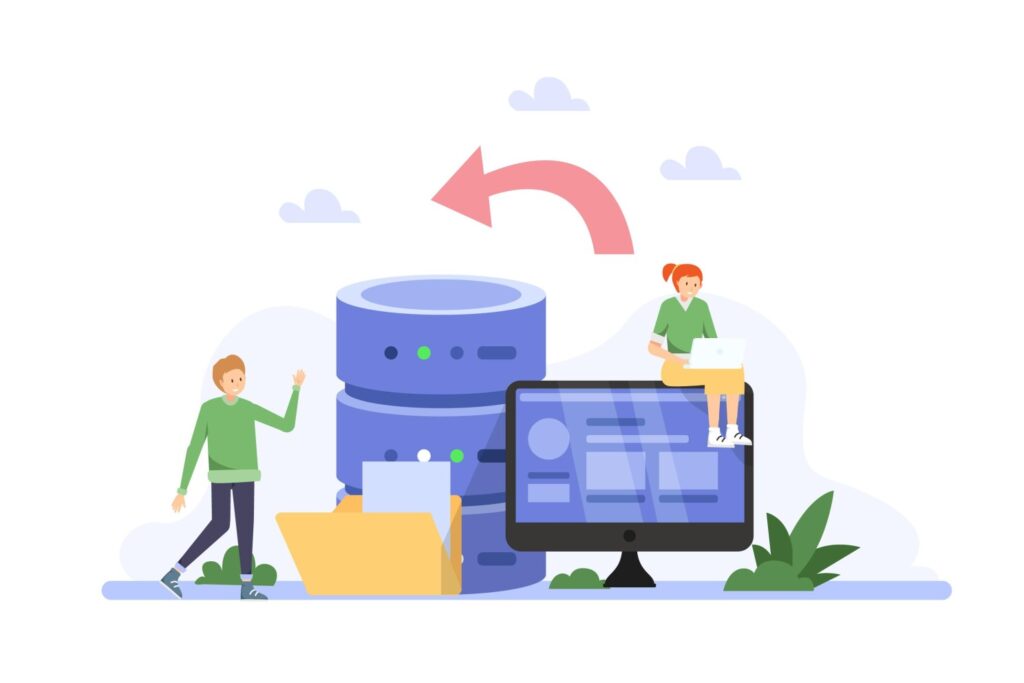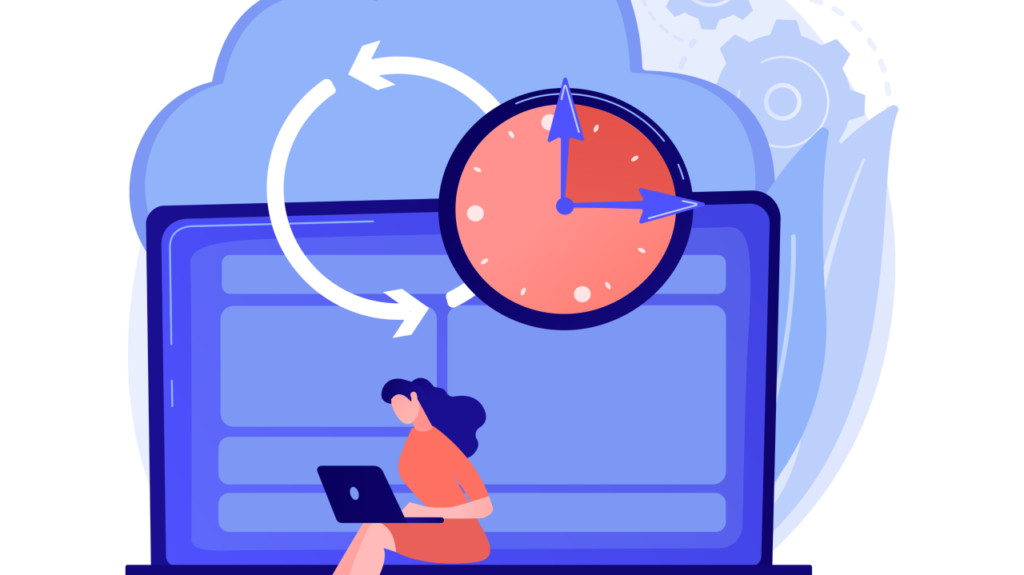Introduction:
Data synchronized means same data available across multiple platforms helps our life easier to find useful information. In today’s world, data synchronization is crucial for being able to reason and think beyond data silos it provides:
· Data consistency in different platforms / places ensure everyone is on same page.
· It helps in real-time decision-making with updated data available at the hand
· Collaboration helps in collaboration by keeping everyone informed about what happens.
· Customer experience is improved since the customer knows about the data in a timid manner.

Methods:
Data synchronization comes in many sizes with different advantages over the other. Most of the ones found are One-way synchronizations. Two-way synchronizations, Incremental Synchronizations, Real-time synchronization, etc.

One-Way Synchronization
Updates data from a source to a target system without allowing feedback to the source. Changes made in the target do not affect the source.
Our use cases are:
· Keeping a secondary copy of a database in sync with the primary copy for backup and recovery.
· Updating product information on an e-commerce site from the central inventory database.
· Synchronizing user profiles from an internal HR system to an external payroll service.
Two-Way Synchronization (Bi-Directional Sync)
This method allows changes to flow between two systems in both directions, ensuring that updates in either system are reflected in the other.
Our use cases are:
· Synchronizing customer records between a CRM system and an email marketing platform.
· Updating inventory levels in both the warehouse management system and the sales platform.
· Maintaining consistent user settings across multiple devices for applications like mobile apps and desktop software.
Incremental Synchronization
Transfers only the changes made since the last synchronization, reducing data volume and improving efficiency.Our use cases are:
· Syncing user settings and preferences from mobile applications to a central server only when they change.
· Updating financial transaction records in a data warehouse with only new or modified entries.
· Transferring recent changes in customer feedback data from a support ticketing system to a central analytics platform.
Real-Time Synchronization
Updates data instantly as changes occur, making it ideal for applications requiring immediate consistency.
Our use cases are:
· Ensuring real-time updates of user activity on social media platforms.
· Monitoring live sensor data in industrial IoT applications for immediate alerts.
· Updating stock levels in real-time on an e-commerce site as purchases are made.
Batch Synchronization
Updates data at scheduled intervals, suitable for non-time-sensitive data.
Our use cases are:
· Generating weekly sales reports by aggregating transactional data from various sources.
· Performing nightly updates of customer records in a centralized database for analytics.
· Syncing marketing campaign performance metrics at the end of each day for analysis.

Change Data Capture (CDC)
Captures and tracks changes in the source database to apply them efficiently to the target system.
Our use cases are:
· Keeping a data lake updated with real-time changes from operational databases.
· Feeding analytics platforms with the latest changes to customer interactions for dynamic reporting.
· Synchronizing changes from an online order management system to a fulfillment center’s database.
API-Based Synchronization
Utilizing APIs allows for direct and seamless transfer of data between systems, facilitating integration of web applications and services.
Our use cases are:
· Integrating sales data from an e-commerce platform into a financial accounting system via API calls.
· Syncing user profiles between a mobile app and cloud-based identity management solutions.
· Connecting various SaaS applications to share customer or transactional data seamlessly.
File Synchronization
Ensures that two or more locations share the same data automatically, preventing duplication of identical files.
Our use cases are:
· Keeping project files synchronized between team members’ computers using cloud storage solutions.
· Automatically updating shared documents in collaborative workspaces to reflect the latest changes.
· Ensuring that design files stored locally on team members’ devices match the latest versions available on a central server.

Summary
These synchronization techniques serve distinct purposes and are suited for different scenarios. Organizations can choose the right method based on their specific needs for data consistency, performance, and operational requirements. Understanding these techniques allows for better planning and implementation of data management strategies across various applications and environments.







